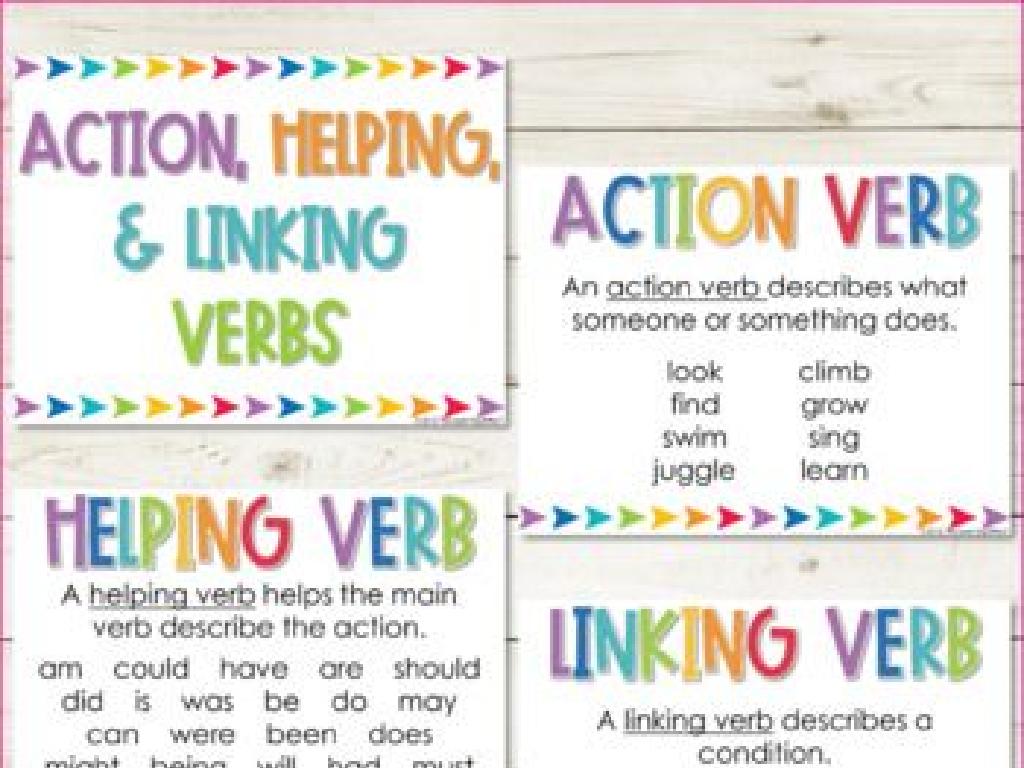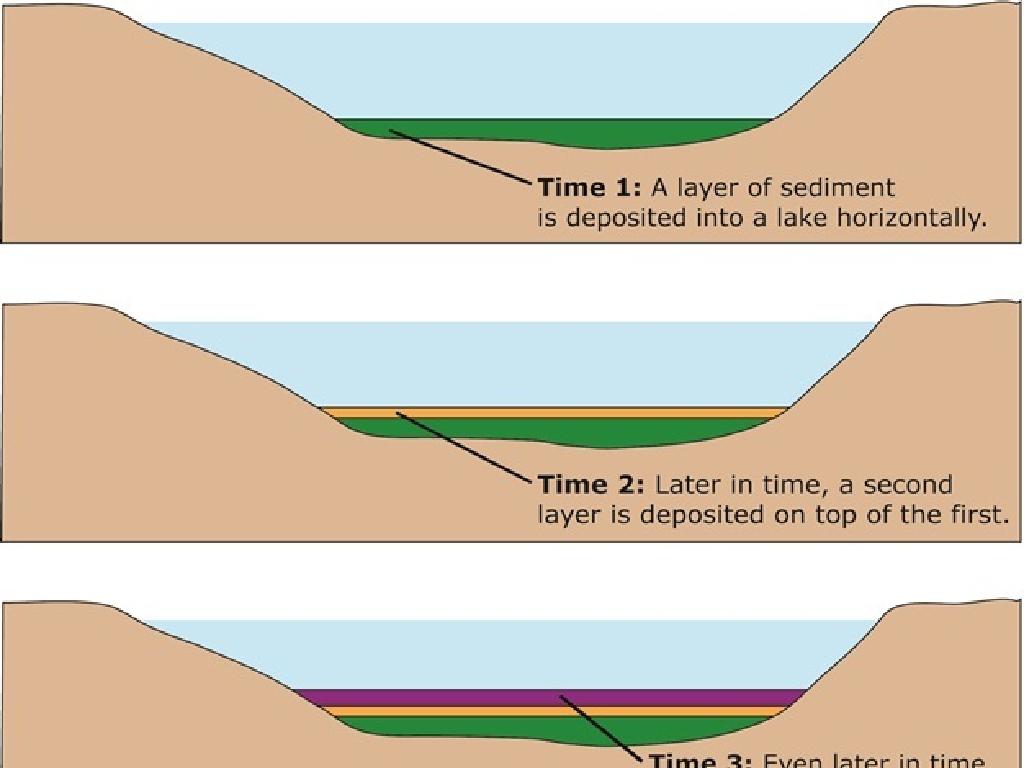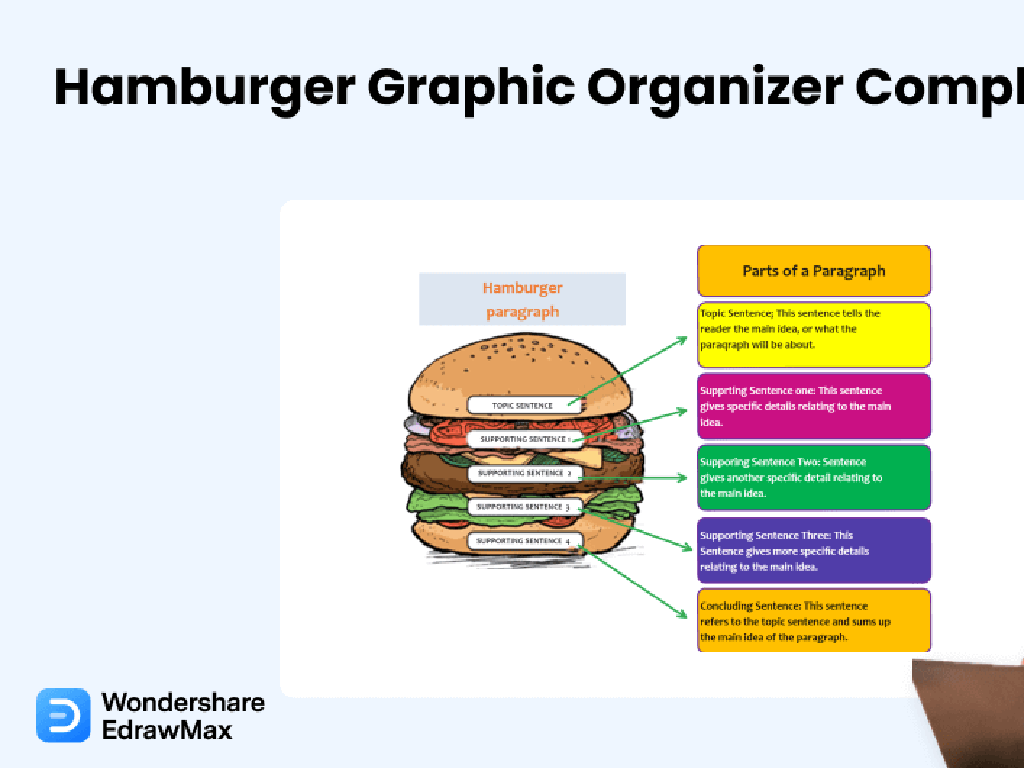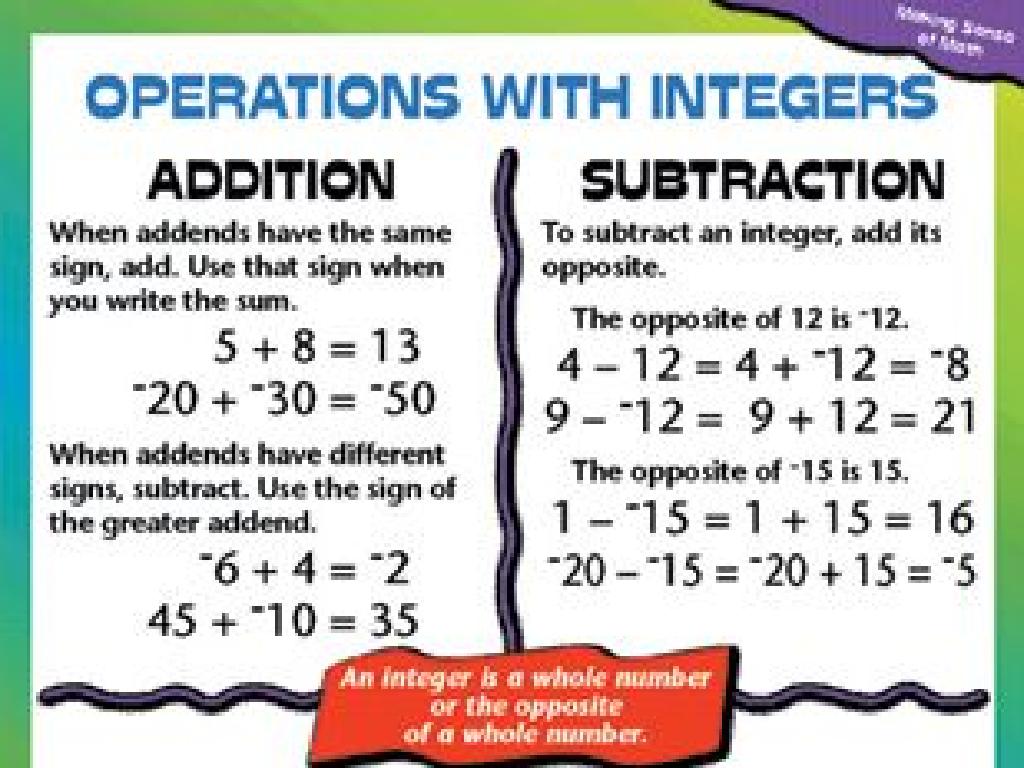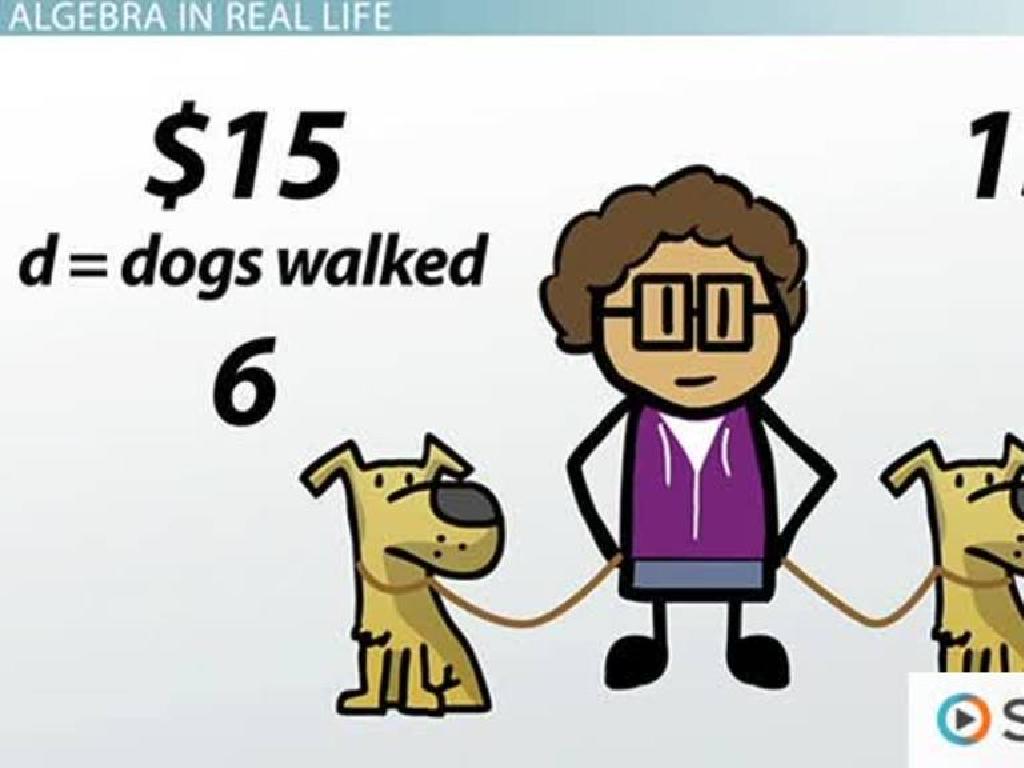Add Decimals Using Blocks
Subject: Math
Grade: Fourth grade
Topic: Add And Subtract Decimals
Please LOG IN to download the presentation. Access is available to registered users only.
View More Content
Today’s Adventure: Adding Decimals with Blocks!
– Quick review of decimals
– Decimals represent parts of a whole, like 0.5 is half
– Importance of adding decimals
– Adding decimals is essential for precise measurements and money calculations
– Visualizing decimals with blocks
– Blocks can represent decimal places for easy understanding
– Practice adding decimals together
|
Begin the lesson with a brief review of what decimals are and how they represent fractions of a whole, ensuring that students recall prior knowledge. Emphasize the importance of adding decimals, particularly in real-world scenarios such as handling money and making precise measurements. Introduce the concept of using blocks to visualize decimal places, which can help students grasp the concept of adding decimals more concretely. Set up a hands-on activity where students use blocks to represent decimal values and practice adding them together, reinforcing their understanding through tactile learning. Encourage students to ask questions and work together to solve addition problems.
Understanding Decimals
– What is a decimal?
– A number with a decimal point, like 0.5 or 1.2
– Decimals as part of a whole
– Just like pieces of a pie, decimals show fractions of things
– Decimals in daily life
– Money uses decimals: $0.75, measurements: 1.5 meters
– Visualizing decimals with blocks
– Blocks can represent decimals for easy understanding
|
This slide introduces the concept of decimals to fourth-grade students. Begin by explaining that a decimal is a way to write fractions and parts of a whole using a decimal point. Relate decimals to everyday life by using examples such as money and measurements, which are familiar to the students. Emphasize that decimals are another way to show fractions, making it easier to add and subtract parts of a whole. Introduce the use of blocks as a visual aid to help students grasp the concept of decimals and how they can be added together. Encourage students to think of other examples where they encounter decimals in their daily lives.
Visualizing Decimals with Blocks
– Base-ten blocks as a visual aid
– Ones, tenths, hundredths visually represented
– Types of blocks and their values
– Unit blocks = ones, Rods = tenths, Flats = hundredths
– Understanding decimals through blocks
– Blocks make abstract decimals concrete
– Adding decimals with block representation
– Stack blocks to add decimals easily
|
This slide introduces students to the concept of using base-ten blocks to visualize and understand decimals. Each type of block represents a different place value, which helps students grasp the concept of ones, tenths, and hundredths. By physically manipulating these blocks, students can see how decimals are constructed and how they can be added together. For example, combining ten rods (tenths) will make one flat (hundredth), illustrating how 0.1 + 0.1 + … (ten times) equals 1.0. This tactile approach is particularly effective for visual and kinesthetic learners and reinforces the connection between the abstract concept of decimals and a physical representation.
Adding Decimals with Blocks
– Identify decimal values with blocks
– Each block represents a decimal place, like ones or tenths
– Align blocks by place value
– Make sure the ones, tenths, and hundredths are in the right columns
– Combine blocks for the total sum
– Add up the blocks in each column to find the sum
|
This slide introduces students to the concept of adding decimals using a hands-on approach with blocks. Start by explaining that each block represents a different decimal place value, such as ones, tenths, or hundredths. Show how to align the blocks so that each place value lines up correctly this is crucial for accurate addition. Then, guide students through the process of combining the blocks in each column, starting from the rightmost column (hundredths) and moving left. Emphasize the importance of place value alignment for correct summation. Provide several examples and encourage students to use their blocks to practice adding different decimal values.
Adding Decimals with Blocks
– Visualize 0.3 with blocks
– Imagine 3 small blocks, each is 0.1
– Visualize 0.6 with blocks
– Imagine 6 small blocks, each is 0.1
– Combine blocks for sum
– Put all 9 blocks together in a line
– Understand sum is 0.9
– Counting all blocks equals 9 tenths or 0.9
|
This slide is aimed at helping students visualize the process of adding decimals using block representations. Start by showing them how to represent 0.3 with three ‘tenths’ blocks. Then, do the same for 0.6 with six ‘tenths’ blocks. Guide the students to combine all the blocks together to find the total. Emphasize that each block represents a tenth and when combined, they should have a total of nine ‘tenths’ blocks, which equals 0.9. This visual method helps solidify the concept of decimal addition by making it tangible and relatable to something they can see and count.
Practice Time: Adding Decimals with Blocks
– Add 0.25 and 0.4 using blocks
– Arrange blocks to represent each decimal
– Use quarter blocks for 0.25 and smaller blocks for 0.4
– Calculate the sum of the blocks
– Count all the blocks to find the total value
– Discuss your results with the class
|
This slide is designed for a hands-on class activity where students will use physical blocks to add decimals, helping them visualize the concept. Provide each student with blocks representing tenths and hundredths. Guide them to arrange the blocks to represent 0.25 and 0.4, and then combine them to find the sum. Encourage students to think about how many tenths and hundredths are in each decimal and how that translates to the blocks. After calculating, students should share their answers and methods with the class, fostering a collaborative learning environment. Possible variations of the activity could include using different decimal combinations or introducing subtraction of decimals with blocks.
Block Addition Challenge
– Pair up for decimal addition
– Use blocks for visual calculation
– Blocks represent decimal places for hands-on learning
– Calculate sums with your partner
– Present solutions to the class
– Explain your thinking and the steps you took
|
This class activity is designed to encourage collaborative learning and hands-on experience with decimal addition. Students will work in pairs to solve decimal addition problems, using physical blocks to represent decimal places. This visual and tactile method helps solidify the concept of adding decimals. After calculating the sums, each pair will present their solutions and explain their thought process to the class. This not only reinforces their understanding but also develops communication skills. For the teacher: Prepare different sets of decimal addition problems for each pair. Ensure there are enough blocks for all students. Circulate during the activity to offer guidance and support. Possible variations of the activity could include using different colored blocks for different decimal places or challenging students with timed exercises.
Conclusion: Adding Decimals with Blocks
– Recap on adding decimals
We learned how to line up decimal points and add.
– Benefits of using blocks
Blocks make abstract numbers tangible and easier to understand.
– Share your favorite part
– Reflect on today’s learning
Think about how this method can help with future math problems.
|
As we wrap up today’s lesson on adding decimals, it’s important to reflect on what we’ve learned and how we’ve applied it. Using blocks has allowed us to visualize the process of adding decimals, making it more concrete and understandable. Encourage students to share what they enjoyed most about the lesson to foster a positive learning environment. Reflection is key to solidifying the concepts learned and recognizing the value of new strategies in problem-solving. Ask students to consider how this method can be applied to other math topics and to recognize their progress in understanding decimals.

